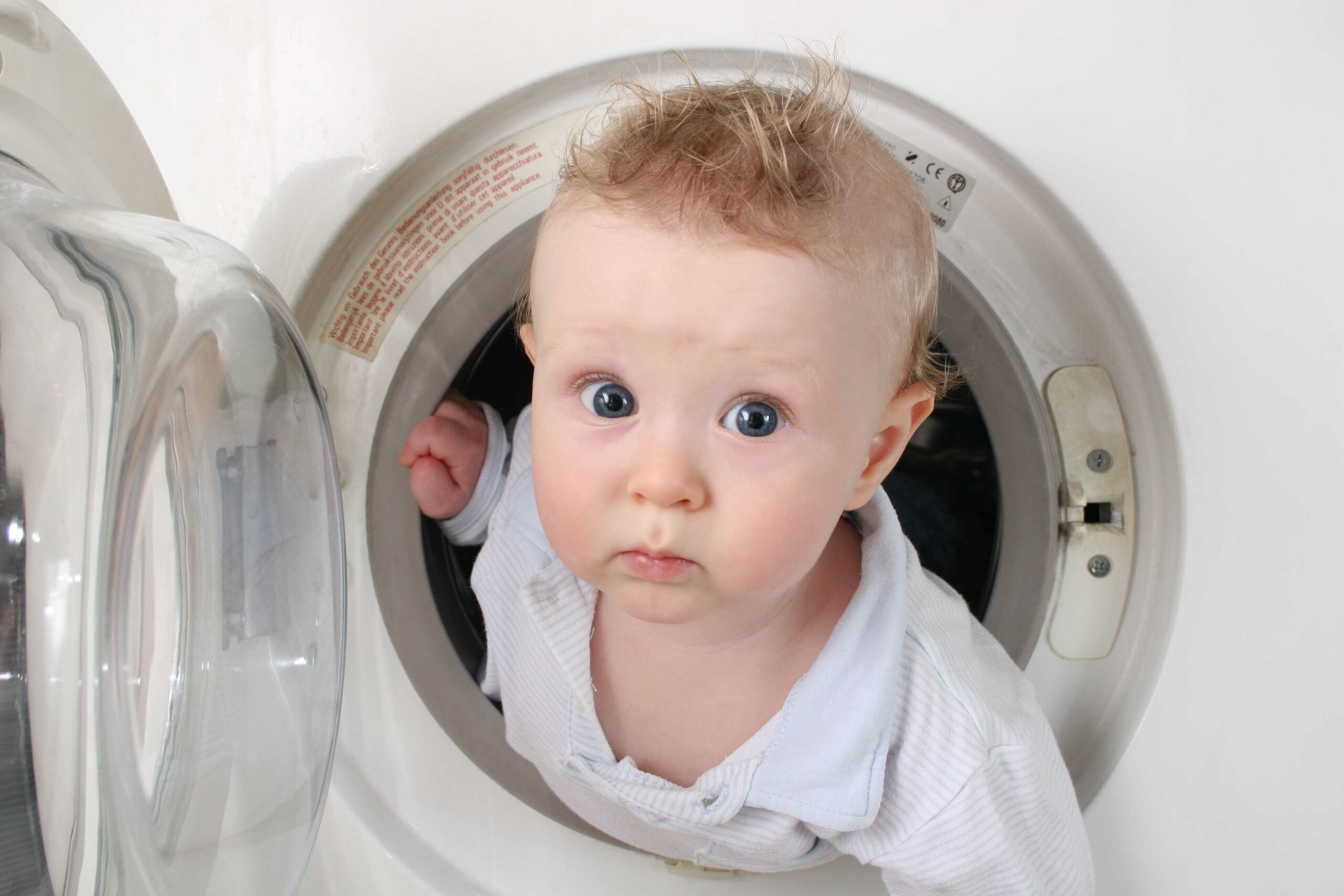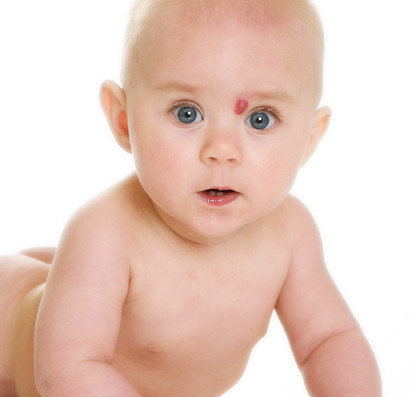When and how should a normal baby roll-over and what does it mean?
Rolling over is the most mysterious of the milestones. Some babies roll from front to back before they roll back to front and others choose the opposite order. Some babies roll over once and never again, and some babies log roll to get around rather than crawl. And all of the above are perfectly normal.
Four months is the most typical age to start rolling, but anytime between 4 and 6 months is in the normal range. The age when your baby starts rolling over depends on a bunch of things:
1. Muscle Control
First, a baby has to develop their leg, neck, back, and arm muscles enough to twist their torso around. That’s why your chubby baby might have a harder time rolling her cute little mass over. You can help develop her muscles by providing plenty of tummy time.
2. Tummy Time
And speaking of tummy time: babies enjoy it more when you give them some “belly bait.” Place an incentive like a mirror, toy, or your own face nearby to encourage your baby to reach out, arch his back, and exercise his torso. So the second ingredient to encourage rolling over is to keep that bait far enough away that he has to figure out a way to move towards it. I love this crawling crab that babies can try to chase. If your baby doesn’t like tummy time, try placing them on your nursing pillow or this awesome giraffe pillow they can use on their tummy or later when they sit up.
3. Bravery
Lastly, rolling over can be scary. Plenty of babies scare the poop out of themselves when they suddenly flip over and the entire room changes. It’s like time travel to them. Babies with chill temperaments may not care to roll over and will lay wherever you put them. Super active babies might roll a lot and cautious babies may not roll over much.
Conditions have to be just right for a baby to roll over, and to keep doing it. So don’t worry if your child rolled over once and then stopped. And also don’t fret over which direction they rolled, or how old they were when they started. Whether your baby rolls over, wiggles, scoots, or jigs, as long as your child is trying to move their body towards objects in some manner they are developing normally .
It is very common for a baby who can roll to stop rolling over.
Usually non-rollers are busy working on another motor skill and most babies can only work on one skill at a time. So ask yourself what else she’s working on. It might be scooting or even just babbling a lot more. Learning to eat takes a lot of brain-power too, so her intellectual capacity may just be occupied by food.
And don’t freak out that your baby will roll over and suffocate during sleep. If she has developed the ability to roll, she has also developed the ability to sense trouble when she’s sound asleep and will move her head to avoid being caught in a blanket.
The scariest experience is when a baby rolls off a piece of furniture. So, whether you have seen your child roll over or not, once they hit about 2 ½ months, be extra careful about leaving a child on a raised flat surface. Babies love to surprise their parents with their first roll when it is most dangerous. And if their first roll is frightening they may avoid the motion altogether.
When should you worry?
Tell your pediatrician if your child has not rolled over by 6 months and isn’t scooting, sitting, or locomoting in some other way. Another worrisome sign is if your child loses several different milestones, for example, she stops babbling and stops trying to reach for objects.
Rolling over predicts when a child will walk more than when they first learn to sit
The most interesting thing about rolling over is that it predicts walking more than the milestone of sitting does. Sitting requires significant strength. But rolling requires twisting and moving in several different directions at the same time. So rolling develops the complex torso twisting a baby needs to learn to walk. Scientists call them “transitional movements;” any movement that a baby uses to get from one position to another takes them one step closer to mastering the complex movements needed for walking.





